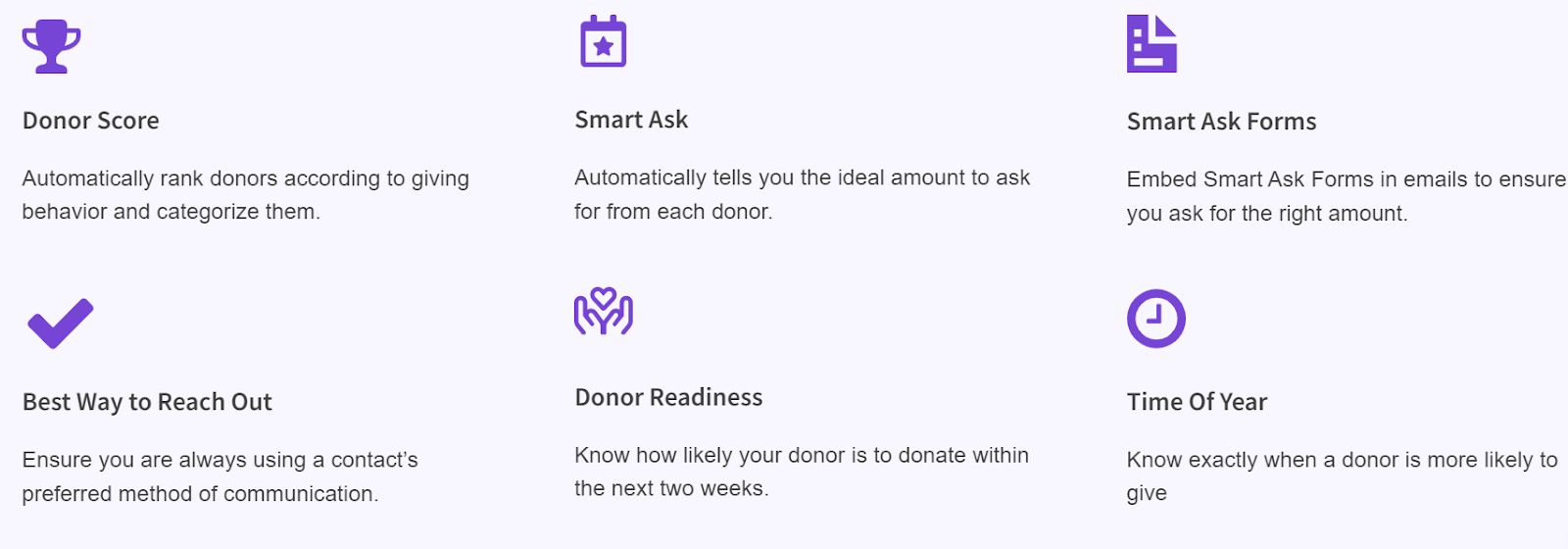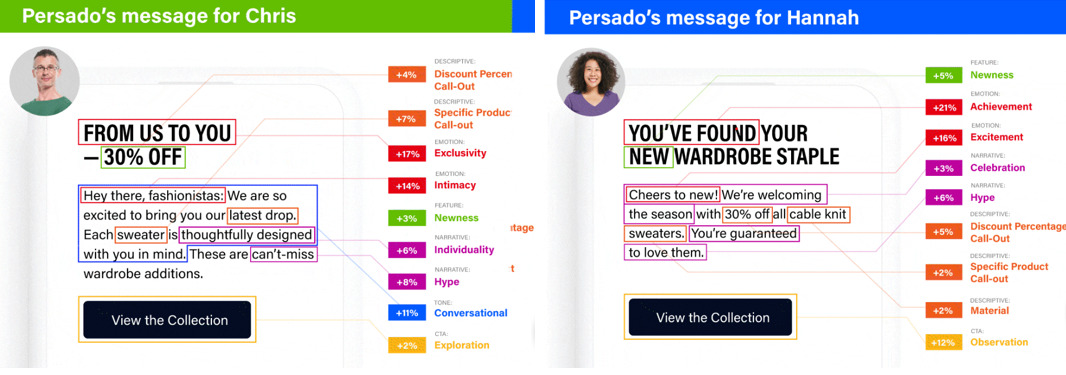
Author: Lindsay Sohn
With the November 2022 introduction of ChatGPT, artificial intelligence (AI) has become increasingly accessible and relevant in the spheres of education, business, and everyday life.
ChatGPT is an AI tool that can generate multimodal personalized content in response to requests and suggestions; it relies upon various learning technologies to remember what has previously been requested or stated (Wu et al., 2023). ChatGPT expands AI from merely analytical capacities (data understanding) to much broader generative capacities (data production) (Wu et al., 2023).
ChatGPT signifies the potential for AI to notably reduce human involvement in creative processes. Regular tasks such as writing financial analyses or news stories could be taken over by generative AI, with humans involved only with refining the content created by AI. While the introduction of AI promises to significantly reduce human workload, many potential negative effects come along with the use of this powerful tool. According to Wu et al., ChatGPT’s information is derived from a vast array of sources, making it challenging to properly confirm attributions and verify the reliability of data. Further, ChatGPT is not restricted to functioning only in the pursuit of good; it has the potential to be utilized in cybersecurity attacks or scams. AI also raises many ethical questions regarding privacy, cheating, and equity.
Just as AI as a whole can be either positive or negative, the use of AI in the nonprofit sector is similarly mixed. The benefits are vast and revolutionary: AI could streamline mundane tasks, enhance donor engagement, and quickly generate focused messaging. Nonprofits are notorious for being under-resourced and relying heavily on employees; AI could take over many day-to-day tasks, thereby freeing up staff members to invest more deeply in the missions of their respective organizations.
Possibly the greatest advantage AI offers in the nonprofit sector is the ability to streamline and enhance donor management. While nonprofits often engage donors based on segmentation (the practice of categorizing donors into groups with shared characteristics), AI could allow nonprofits to engage with donors on a completely individualized level. AI could quickly analyze an individual donor using information from the donor database and information available online (such as social media posts). This information can be used to create targeted messaging for each donor. The customer relationship management company Keela uses an AI-powered donor readiness tool to calculate how likely a donor is to give in the upcoming two weeks. This tool relies upon extensive data about the donor’s previous gifts, factoring in information such as giving regularity, level of interaction with messaging, and even contact receipt location or weather. Keela also offers a “smart ask” tool which calculates how much money to ask an individual donor for, when or how often to contact them, and in what mode they like to be contacted (see Appendix 1). Other predictive analytics tools for donor management include Sisense, IBM Watson Analytics, and RapidMiner.

AI can assess how particular aspects of messaging are being received and propose intelligent changes. For example, the company Persado uses deep learning models and an advanced AI machine to create personalized messaging for companies’ communications. Persado’s AI machine carefully assesses which words, photos, positions, colors, etc. are preferentially responded to by audience members. The machine then suggests how to intelligently personalize future messaging (see Appendix 2).

In addition to AI’s use in stewarding existing donors, AI analytics can play a significant role in expanding the donor base. AI can provide insight into the effectiveness of various outreach campaigns by analyzing audience engagement. AI could also be used to assess the general sentiment of the public toward the nonprofit or a specific campaign. Natural language processing (NLP) is an AI modality that can assess text (ie. social media posts, articles, or comments) to identify patterns of emotions expressed in those sources. Platforms for NLP include GoogleCloud Natural Language or Amazon Comprehend.
Due to the newly emerging generative function of AI, many messaging and content creation tasks could be taken over by AI. Simple tasks such as writing emails, creating posters, or developing presentations could be entirely handled by ChatGPT. Even more involved tasks such as financial analyses or social media posts could be generated in a quick and cost-efficient manner by ChatGPT. Combining the analytic and generative functions, AI could create templates for emails to donors while adding an individualized touch to each email.
AI promises to be useful in many further areas of nonprofit function. Nonprofits could easily integrate AI chatbots into their websites, making information about campaigns or organizational structure more widely accessible. These chatbots can offer a personalized, conversational experience by remembering what the human previously said in the interaction and catering to personal preferences. Pre-programmed chatbot platforms are available for purchase, such as Tars, ManyChat, or Google’s DialogFlow.
The mundane task of taking notes is an excellent job to turn over to AI. AI-powered notetaking platforms already exist, such as Otter.ai, a tool that records, transcribes, and summarizes team meetings and presentations. Staff members can interact with the transcription by adding comments, creating action items, or noting key points. Fathom is a similar tool that pairs closely with Zoom and is currently free for use.
The benefits of AI suggest its immediate usefulness to nonprofits, but many questions remain. How do small nonprofits integrate this technology if their staff do not have knowledge of or experience with IT? On an ethical level, how can nonprofits ensure that all staff members are using AI in an appropriate manner? This question is particularly difficult to answer considering the lack of ethical principles around AI as a whole. The targeted marketing useful in donor stewardship may feel like an invasion of privacy to donors; how can data be used in a manner that respects privacy?
Business and employment consultant Naketa Jones recommends that nonprofits engage AI experts when learning how to integrate AI in the workplace. She also emphasizes the need to carefully train the AI in order to avoid biases – since one danger of AI is its reliance upon information with historical discriminative biases. Jones highlights the need for organizations to create guidelines around the ethical usage of AI. In determining these ethical guidelines, nonprofits can reference the AI Ethics Lab’s toolbox, a compilation of information on the existing guidelines at various governmental, private, and professional organizations.